This manual covers installation and operating instructions for the following 3Com?? BigpictureTM products:
??? Videophone Camera & Capture Card
3Com, the 3Com logo, and U.S. Robotics are registered trademarks; Bigpicture and the Bigpicture logo are trademarks of 3Com Corporation or its subsidiaries. Windows and NetMeeting are registered trademarks of Microsoft Corp. Kai???s Photo Soap Special Edition is a trademark of MetaCreations. Digital Video Producer is a trademark of Asymetrix. VDOPhone, VDOLive, and VDOMail are trademarks of VDOnet Corp. iVisit is a trademark of BoxTop Interactive. Any other trademarks or service marks used in this manual are the property of their respective owners.
Copyright ?? 1997 3Com Corporation or its subsidiaries 7770 North Frontage Rd.
Skokie, IL 60077-2690
INSTALLATION
blank below for future reference. Then click OK.
Windows 95 version _________________
3.In the ???System Properties??? screen, look at the system information under the General tab (circled in the following screen image). The number following the text ???Microsoft Windows 95??? will end with ???950???, ???950a???, or ???950b???. This indicates your version of Windows 95. Write this number on the
INSTALLATION
5.There should be two types of expansion slot inside your computer, ISA and PCI (see the following diagrams). Find an empty PCI slot inside your computer. PCI slots are usually white plastic grooves lined with silver metal. ISA slots are usually longer black plastic grooves lined with silver metal.
INSTALLATION
5.Next, you will see the following screen on your desktop. Click OK. Windows will install the additional software.
6.Once the additional software is installed, you will see your normal desktop. You should now verify that the installation was a success. Click the Windows Start button and point to Settings. Then click Control Panel (see the following screen image).
INSTALLATION
5.Double-click the System icon (circled in the screen image below).
INSTALLATION
On the following page is a summary of the software available on the Bigpicture CD- ROM. Review each item to familiarize yourself with the applications. Keep in mind that your Bigpicture system will be easier to use if you install all of the software included on the CD-ROM by choosing the Typical installation.
The Bigpicture Application
Launcher
The Bigpicture application launcher is a quick and easy way for you to access the software programs installed to your computer from the
INTERNET SECURITY ISSUES
than your real name to ensure that no one will know who you really are.
???Use a password your children don???t know. If you have children who use your computer, you may want to keep your VDOPhone password a secret from them to ensure that they don???t have access to the software. Unsupervised, a child could access video under the ???(X) Adult Only??? category with just a few clicks of a mouse.
???Do not use an actual picture in the photo ID section of VDOPhone setup.
In VDOPhone setup, you have the opportunity to choose an ID photo of yourself to attach to your video messages.
We recommend that you NOT use an actual photo of yourself or any of your family members. This is another way you
TROUBLESHOOTING AND ONLINE HELP RESOURCES
The computer or software will not recognize the video capture card.
You do not see video in an application???s video window.
You may have a conflict between your COM and IRQ ports.
The camera may not be turned on.
Check to make sure you have the correct COM port and IRQ settings in your software and/or in the Windows Control Panel.
Verify that the camera is turned on (a green light on the front on the camera indicates power) and properly plugged into the capture card.
TROUBLESHOOTING AND ONLINE HELP RESOURCES
 PROBLEMDIAGNOSISPOSSIBLE SOLUTION
PROBLEMDIAGNOSISPOSSIBLE SOLUTION
You do not see video??? (cont.)
A ???No suitable DirectDraw provider??? error box appears when starting a video application.
The application may be set to accept video from a non-existent source.
Your software may be set to the wrong video format.
DirectDraw or Direct X drivers were not loaded during the initial installation of your
video capture card.
Set the video source option in the software to ???composite.???
Change the video format to 160 x 120 pixels and 15-bit RGB.
Contact the manufacturer of your video card to obtain the required drivers.
TROUBLESHOOTING AND ONLINE HELP RESOURCES
IRQ Conflicts: Freeing an IRQ
Your video capture card requires two system resources: an interrupt and a memory segment. If your system is not immediately detecting the card, there is a high probability that there is an IRQ conflict involving the video capture card. In the Windows Device Manager, double-click the Sound, video and game controllers option. Look for the ???U.S. Robotics?? Video Capture??? item. If there is a yellow circle with an ???x??? or an ???!??? inside, Plug and Play discovered an IRQ conflict during installation. Plug and Play will not always alert you when such conflicts arise.
If your system indicates such a conflict, follow these steps to rectify the problem:
1.In Device Manager, double-click U.S. Robotics Video Capture. A ???U.S. Robotics Video Capture Properties??? window will appear.
2.Click Resources.
3.Write down the setting for the interrupt. (If no interrupt is listed, Windows 95 was unable to find a clear interrupt. If an interrupt is listed, make sure the interrupt is not also being used by a non-Plug and Play device or REAL MODE device driver. If it is not, then your problem may be unrelated to an interrupt conflict.)
TROUBLESHOOTING AND ONLINE HELP RESOURCES
 NOTE: If your PC is loaded with many devices, there may not be a free interrupt available for the video capture card. If this is the case, you???ll need to find an unused device which has a reserved interrupt and free that interrupt for use by the capture card. Many PCs reserve an interrupt for a PS/2 mouse or an IDE hard disk controller, even when these devices are not present on the system. If an interrupt is reserved for a device that you know is not present on your system, that interrupt can be reserved for your video capture card.
NOTE: If your PC is loaded with many devices, there may not be a free interrupt available for the video capture card. If this is the case, you???ll need to find an unused device which has a reserved interrupt and free that interrupt for use by the capture card. Many PCs reserve an interrupt for a PS/2 mouse or an IDE hard disk controller, even when these devices are not present on the system. If an interrupt is reserved for a device that you know is not present on your system, that interrupt can be reserved for your video capture card.
4.Go into your BIOS and disable the peripheral not being used (i.e., the PS/2 mouse or IDE controller mentioned in the preceding sidebar).
5.Enter Device Manager, highlight the device, then click the Remove button.
6.Restart Windows 95.
7.Examine the Plug and Play configuration. Your video capture card should be assigned to the IRQ you requested in the Device Manager.
TROUBLESHOOTING AND ONLINE HELP RESOURCES
IRQ Conflicts: Altering PCI BIOS Settings
Your Bigpicture??? package is a PCI-based system. While most PCI-based systems configure themselves automatically via a Plug and Play compliant chip set and BIOS, there are occasional problems. Some of these systems require you to configure some or all of the following functions, usually by changing jumpers on the system board or BIOS setup parameters. (Check your system manual for information on configuring these functions.)
???The PCI slot must be configured to support bus-mastering.
???The PCI slot must be configured to support INTA (PCI Interrupt Class A).
???The PCI INTA must be assigned to a free IRQ or set to ???Auto???.
???Ideally, the PCI slot should be set to LEVEL Trigger rather than EDGE Trigger.
On some systems, a specific IRQ will be assigned to a PCI slot in your CMOS settings that conflicts with existing equipment in your system. It???s important to verify that your CMOS settings for PCI do not exhibit such conflicts if you are having problems installing your video capture card or if Plug and Play has trouble detecting the card. Not all PCs have PCI slots that support bus-mastering. In such a case, the capture card will have to be moved to another slot.
TROUBLESHOOTING AND ONLINE HELP RESOURCES
System Locking: Readjusting the Video Capture Card???s Memory Address
If your PCI video capture card installed correctly, yet your system locks up when attempting to access video applications, there may be a Plug and Play memory overlap between your capture card and an existing video card with a S3/968 chip set (Diamond Stealth 64 PCI, etc.). Determine whether your system has such a card installed. If it does, follow these steps to alleviate the problem.
1.Click Windows 95 Start.
2.Point to Settings and click Control Panel.
3.Click the System icon.
4.Click the ???Device Manager??? tab.
5.Double-click Sound, video and game controllers.
6.Double-click U.S. Robotics Video Capture to bring up the ???U.S. Robotics Video Capture??? window.
7.Click Resources.
8.Uncheck the ???Use Automatic Settings??? box and double-click Memory Range.
9.In the box marked ???Value???, change the address to 84000000-84000FFF. This range works for a wide variety of configurations. If this range is not free or conflicts with another device, increase the original memory range by 4 or decrease it by 8. (Remember: Add or subtract in hexadecimal!)
Example: 80000000-80000FFF (original) increased by 4 hex = 84000000-84000FFF 80000000-80000FFF (original) decreased by 8 hex = 78000000-78000FFF
TROUBLESHOOTING AND ONLINE HELP RESOURCES
If Plug and Play Does Not Detect
Your Capture Card
1.Click Windows 95 Start and click Shut Down. When asked if you wish to shut down your computer, click Yes. When Windows 95 indicates that it is safe to turn off your computer, turn it off and wait 15 seconds. Then turn the computer back on. Windows 95 may detect your video capture card upon this restart even if it did not detect the card during the initial installation. If you see screens indicating that new hardware has been detected by Windows 95, turn to ???Installing the Video Capture Card???s Drivers??? on page 11. If not, continue with the next step.
2.Click Windows 95 Start, point to Settings, and click Control Panel. Double-click the System icon and then click the Device Manager tab on the ???System Properties??? screen. Look for ???Other Devices??? or ???Unknown Devices??? in the list that appears. If you do not see either of these options in the list, continue with the next section to learn about our support options. If you do see one of these options, double-click the option. If the description that appears matches the video capture card, click the Remove button. Click OK when Windows asks if you wish to remove the device. Next, restart the computer as described in step 1 on this page. If the computer does not detect the capture card after this second restart, please continue reading to learn about our support options.
TROUBLESHOOTING AND ONLINE HELP RESOURCES
Online Help Resources
3Com offers a number of online technical support options. Choose any one of the following if you need help with your new Bigpicture system or want to learn more about it.
Bigpicture 90-Day Installation Support
Line
If you need further assistance with your Bigpicture product, call our dedicated 90-day installation support number. Representatives are waiting to assist you.
888-877-4VID???
Internet FTP
Provides free library containing the same files as the BBS site. Anonymous FTP to ftp.usr.com.
Internet on Demand
Provides automatic technical support through a library containing product information, quick reference cards, and installation help. To obtain an index of available documents, send a blank e-mail to support@usr.com. To have a document e- mailed to you, send a
document's multi-digit number as the subject.
World Wide Web
??? 888-877-4VID is a 90-day installation support number. After 90 days, please call 847-982- 5151.
3Com???s home page contains the same information as the Internet on Demand listing as well as information about 3Com. This manual is available in electronic form in the customer support section
TROUBLESHOOTING AND ONLINE HELP RESOURCES
of our Web page. Log on to http://www.3com.com.
CompuServe
Connect to the 3Com forum with the command GO THREECOM. Leave a message on one of our message boards or e-mail us through CompuServe Mail for a response within 24 hours. Modem vendor forum address is GO THREECOM. Address messages to
76711,707.
America Online
Connect to 3Com through America Online. Go to the Keyword field and type 3COM to connect to the 3Com forum.
Are You Still Having Problems?
???Review this manual.
???Call or visit your Bigpicture dealer. They should be able to give you assistance.
???If your dealer can't help you, review the following options for contacting 3Com???s Customer Support department. When you call, specify your video capture card???s serial number (found on the capture card and on the outside of the box) and the software being used.
Fax and Technical Support Hotline
Technical questions about Bigpicture products can also be answered via fax or by technical support representatives.
TROUBLESHOOTING AND ONLINE HELP RESOURCES
??? NOTE: 888-877-4VID is a 90-day installation support number. After 90 days, please call 847- 982-5151.
Priority ???No Hold??? Service
3Com staffs a 900 toll number for immediate assistance. These lines are staffed from 8 a.m. - 6 p.m. CST Monday through Friday.
There is a $1.50 per minute charge which will appear on your local phone bill. You must be 18 or older or have parental permission. (Service available only in the United States.)
If You Must Return the Product to Us
Contact 3Com Customer Support. If the support representative determines that you need to return the product, you will receive an SRO (Service
Repair Order) number. You must have an SRO number before returning the product to us. Ship the unit, postage paid, in a strong corrugated cardboard box with plenty of packing material. Include your SRO number, name, and address on the shipping label as well as inside the package. Ship to the following address:
Technical Support Department
SRO#
3Com Corp.
8100 N. McCormick Blvd.
Skokie, IL 60076-2999
GLOSSARY
RAM
Random Access Memory. Memory that is available for use when the modem is turned on, but that does not retain information when the power is turned off. The modem's RAM holds the current operational settings, a flow control buffer, and a command buffer.
ROM
Read Only Memory. Permanent memory, not user-programmable.
V.80
An ITU-T standard for modem communications that defines video conferencing-ready modems.
SPECIFICATIONS
VIDEO CAPTURE CARD
Physical Properties
Internal PCI half card
Resolution
640x 480 (NTSC standard), supports burst PCI bus transfers
Maximum Frame Rate
30 frames/sec at full resolution in overlay mode
Power
SPECIFICATIONS
NTSC CAMERA
Physical Properties
Integrated 3.8mm lens mount
Built-in microphone
Resolution
512 x 492 pixels (NTSC standard)
REGULATORY INFORMATION AND LIMITED WARRANTY
Manufacturer???s Declaration of
Conformity
3Com declares that the product BigpictureTM
Videophone Camera & Capture Card (model 1689) conforms to the FCC???s specifications:
Part 15:
Operation is subject to the following two
conditions:
(1)this device may not cause harmful electromagnetic interference, and
(2)this device must accept any interference received including interference that may cause undesired operations.
Caution to the User
The user is cautioned that any changes or modifications not expressly approved by the party responsible for compliance could void the user???s authority to operate the equipment.
IC (Canada)
This digital apparatus does not exceed the Class B limits for radio noise emissions from digital apparatus set out in the interference-causing equipment standard entitled Digital Apparatus, ICES-003 of Industry Canada.
Cet appareil num??rique respecte les limites de bruits radio??lectriques applicables aux appareils num??riques de Classe B pr??scrites dans la norme sur le mat??riel brouilleur: Appareils Num??riques, NMB-003 ??dict??e par l'Industrie Canada.




 NTSC camera
NTSC camera  video capture card
video capture card Bigpicture
Bigpicture  screwdriver (not included)
screwdriver (not included)



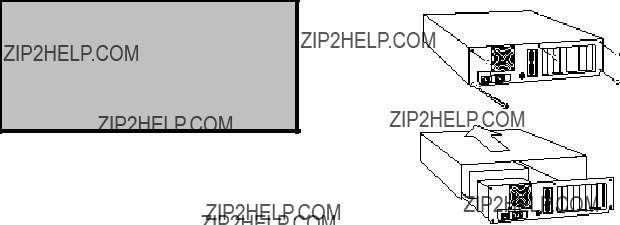

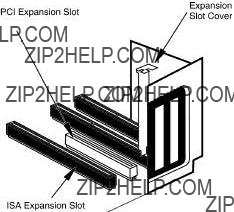
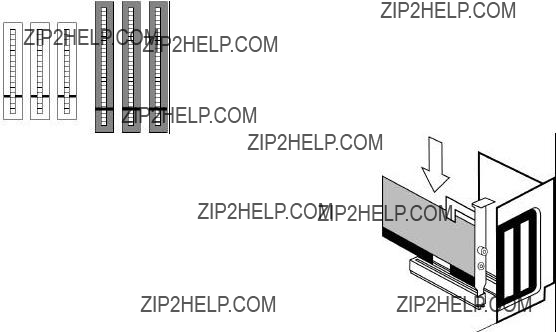





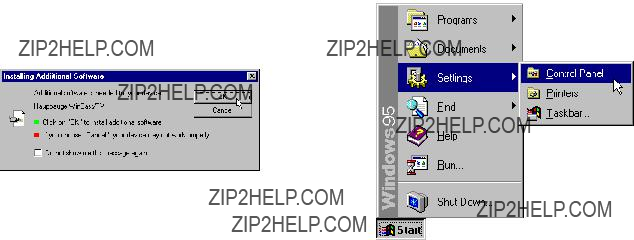
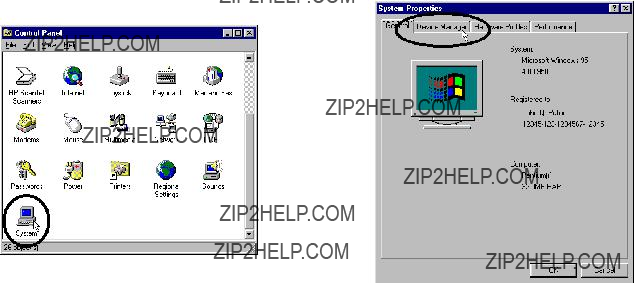
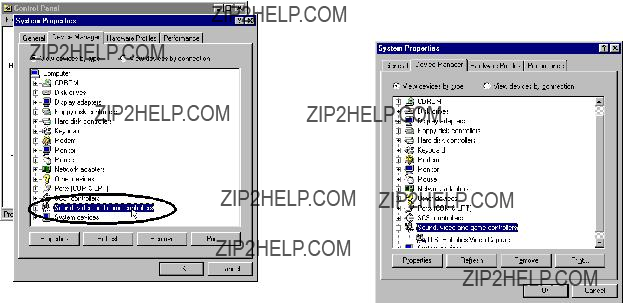
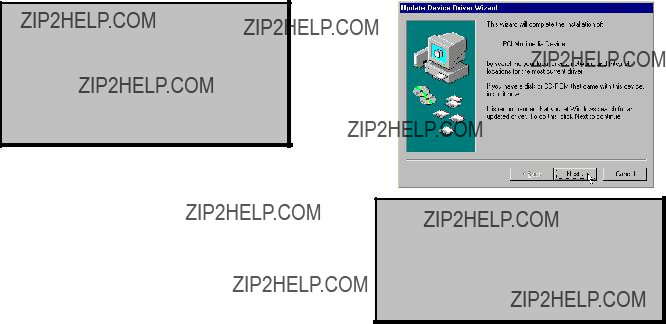




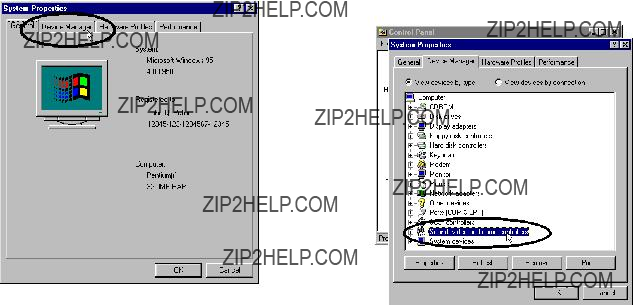



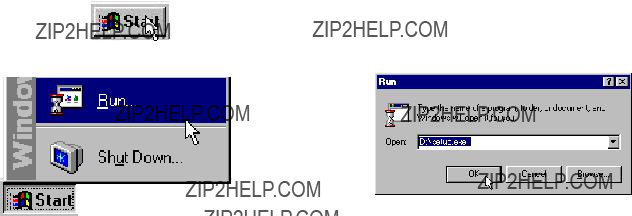
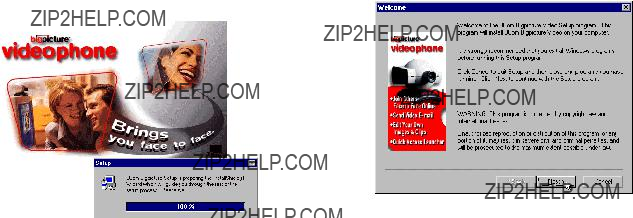
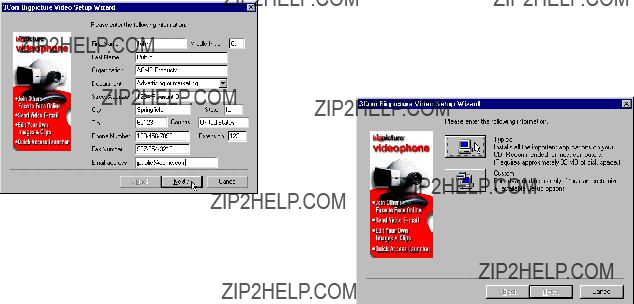
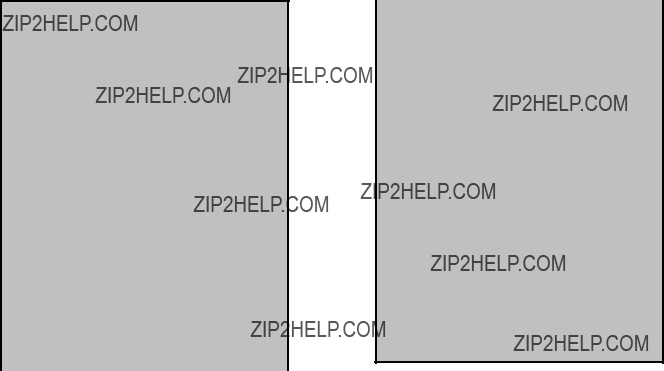

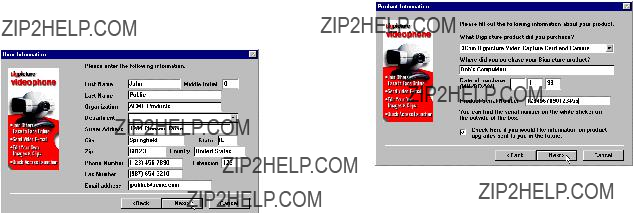
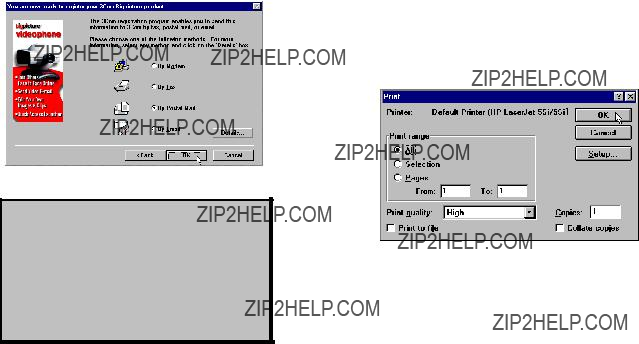

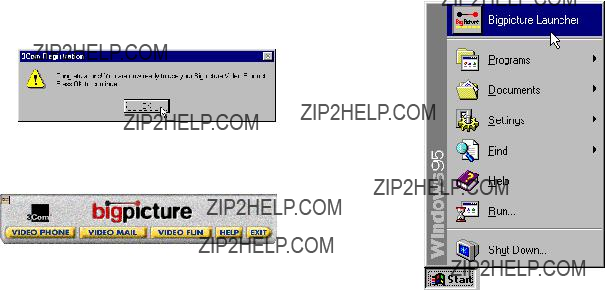

 ) and selecting
) and selecting 
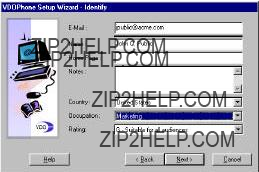



 PROBLEM
PROBLEM





